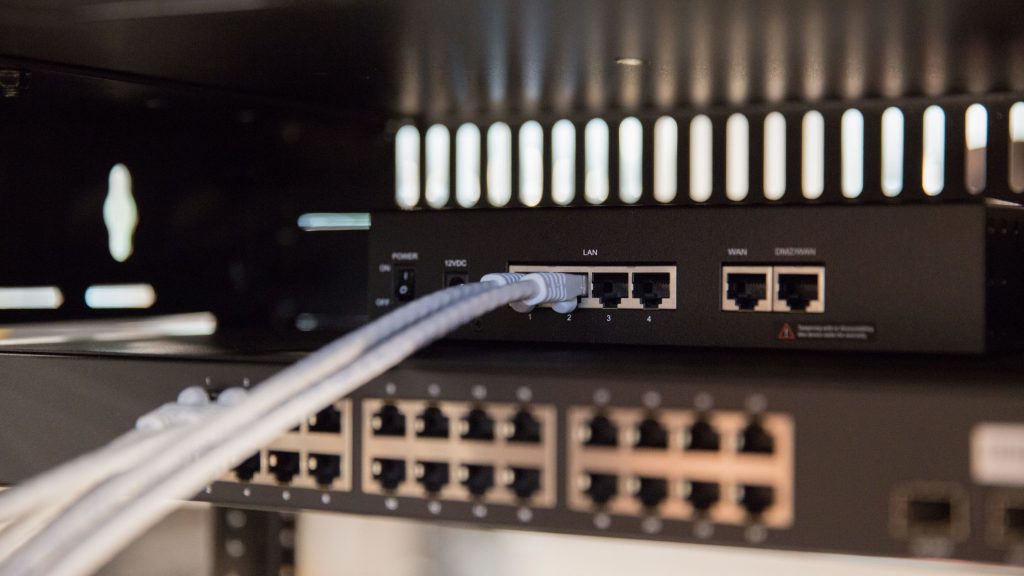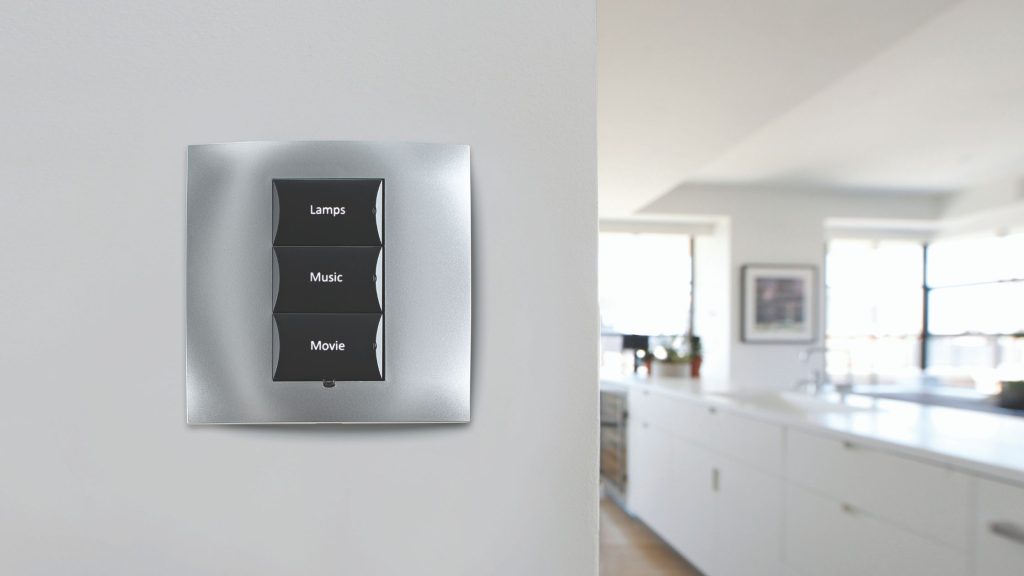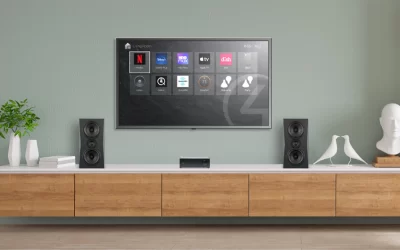With the rise of the Internet of Things (IoT), it’s now possible to control everything from lighting and temperature to security and entertainment systems with a simple voice command or the push of a button. But when it comes to choosing the right smart home system for your needs, the decision between wired and wireless can be a difficult one. Wired vs wireless smart home system – which to choose?
Hard Wired Smart Home Systems
Wired smart home systems, as the name suggests, rely on physical cables to connect devices and sensors throughout your home. This means that all of your devices are connected directly to a central hub, which acts as the brain of the system. Because of the physical connections, wired systems tend to be more reliable than their wireless counterparts, with fewer dropouts or signal issues.
Advantages of a wired system:
- Reliability: Wired systems are typically more reliable than wireless systems, as there is no risk of interference from other devices or interference from other wireless signals.
- Speed: Wired systems tend to be faster and more responsive than wireless systems, as there is no latency or lag in the connection.
- Security: Wired systems are typically more secure than wireless systems, as it is more difficult for unauthorized users to access the network.
However, one downside of wired smart home systems is the installation process, which can be time-consuming and expensive. You’ll need to run cables throughout your home, which may require drilling holes or making other modifications. Great for new-build projects, but not necessarily for retrofit.

Wireless Smart Home Systems
Wireless smart home systems, on the other hand, rely on Wi-Fi or other wireless protocols to connect devices and sensors throughout your home. This means that your devices can be placed anywhere in your home, without the need for physical cables. Wireless systems tend to be more flexible and adaptable than wired systems, as you can easily add or remove devices as needed.
Advantages of a wireless system:
- Flexibility: Wireless systems are typically more flexible than wired systems, as they do not require extensive installation and can be easily relocated if needed.
- Cost: Wireless systems are typically less expensive than wired systems, as they do not require extensive installation and can be easily relocated if needed.
- Convenience: Wireless systems are typically more convenient than wired systems, as they do not require any installation and can be easily relocated if needed.

Are there any potential dangers?
While wired smart home systems offer many benefits, including improved reliability and faster response times, they also come with some potential dangers and drawbacks. Some of these include:
- Electrical hazards: Wiring smart home systems into your home’s electrical system can pose a risk of electrical shock or fire if not installed properly. It’s important to have a licensed electrician perform the installation to ensure that it is done safely and correctly.
- Tree cables (Loxone) and Cat6 wiring (Control4) are two different types of wiring systems that are used in smart homes. Both types of wiring systems serve the purpose of providing connectivity to various devices and systems in a smart home but Loxone tree cables are proprietary and can be more expensive to install.
- Increased complexity: Wired smart home systems can be more complex to install and maintain compared to wireless systems. This can make them more challenging for homeowners to use and manage on their own.
- Difficulty of retrofitting: If you already have a traditional home and want to upgrade to a smart home, it can be more challenging and expensive to retrofit a wired system compared to a wireless one. This is because wired systems require running new electrical wiring and installing new control panels, which can be a significant project.

Which to Choose?
Ultimately, the decision between wired vs wireless smart home systems comes down to your individual needs, budget and preferences. However, it’s worth noting that the best smart home systems offer a hybrid approach – like Control4.
Combining wired and wireless technologies allows us to create a more reliable and adaptable system for you. We feel this type of system may be the best of both worlds, offering the flexibility of wireless connections with the reliability of wired connections.
In areas where you would prefer not to cut open walls for cable running, Control4’s wireless dimmers, switches, and keypads make for an ideal control interface. Wireless lighting is often favourable for remodel projects and can be more cost-effective than retrofitting a wired system.

Conclusion
In conclusion, both wired and wireless smart home systems have their pros and cons. Ultimately, it’s up to you to decide which system best fits your needs and budget. If you’re not sure which to choose, consider consulting with a S3 technology architect who can help you make the right decision when considering wired vs wireless smart home systems.
For more tips and best practices, make sure to follow S3 on LinkedIn, Facebook and Instagram.



0 Comments
Trackbacks/Pingbacks